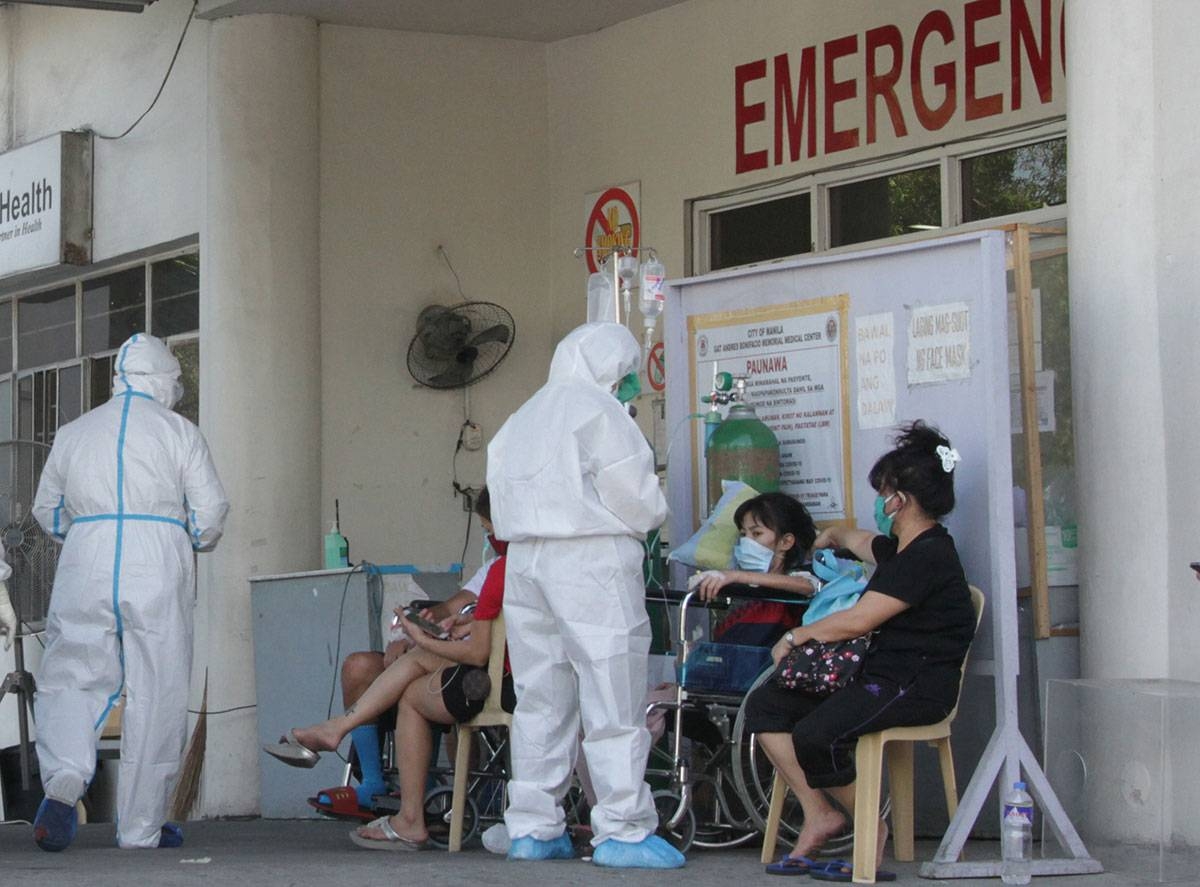While influenza-like illnesses (ILIs) tend to increase during colder months, Dr. Rontgene Solante, president of the Philippine College of Physicians (PCP), reassures the public that hospitalization and mortality rates will remain very low. Speaking at a bi-monthly lay forum organized by the PCP, Solante explains that ILIs occur throughout the year, especially in tropical regions like the Philippines, leading to irregular outbreaks.
According to Solante, these viruses are already present in the population and circulate year-round, particularly in lower vaccinated populations. The risk of transmission is higher during colder months when people tend to stay indoors with less ventilation. This behavior increases the chances of viral transmission.
ILIs are acute respiratory infections characterized by symptoms such as fever, cough, and sore throat. These symptoms can last up to 10 days and are not easily distinguishable from other respiratory infections. The term ILI is used for flu surveillance worldwide. Common respiratory organisms, including influenza, rhinovirus, RSV (respiratory syncytial virus), and SARS-CoV-2, which causes COVID-19, are known to cause ILIs.
Historical data since 2009 shows that ILIs typically emerge from September to December, sometimes extending until February. In 2023, there were 198,094 cases of ILIs reported in the Philippines from January to December, a 50% increase compared to the same period in the previous year.
SARS-CoV-2, the virus responsible for COVID-19, is the most common causative agent among reported ILI cases from 2020 to 2022. This virus has gained popularity worldwide, surpassing other types of ILIs.
Data from January 1 to September 16, 2023, reveals that SARS-CoV-2 was detected in 536 cases, accounting for 44.69% of the influenza-like cases. Influenza A (flu) followed with 249 cases, representing 15.54% of the total.
Dr. Solante emphasizes that COVID-19 dominates the influenza-like illness cases during October, November, and December. Despite this, he assures the public that hospitals will not reach maximum capacity to the point where patients cannot be admitted.
Recent data from the Department of Health shows that only 12.9% of the 1,101 ICU beds for COVID-19 patients are occupied. Additionally, 18.3% of the 10,045 non-ICU beds allocated for COVID-19 patients are currently in use. These numbers indicate that the hospitalization rate remains manageable despite the spike in COVID-19 cases.
Health Secretary Teodoro Herbosa also provides insights on the new formulation of the monovalent XBB vaccine. He recommends this vaccine for high-risk populations, such as the immunocompromised and vulnerable sectors. The government aims to acquire this vaccine through Covax to ensure access for the vulnerable population. Individuals who have already received their booster shot and are in good health do not require an additional booster shot.
High-risk individuals include the elderly, immunocompromised individuals, those with existing comorbidities, children, and pregnant women.
In conclusion, while ILIs increase during colder months, Dr. Solante assures the public that hospitalization and mortality rates will remain low. COVID-19 dominates ILI cases during certain months, but the hospitalization rate in the Philippines remains manageable. The government focuses on providing vaccines to high-risk populations, ensuring the protection of vulnerable individuals. By understanding the nature of ILIs and COVID-19, we can take appropriate precautions and prioritize the health and well-being of our communities.
Source: The Manila Times








